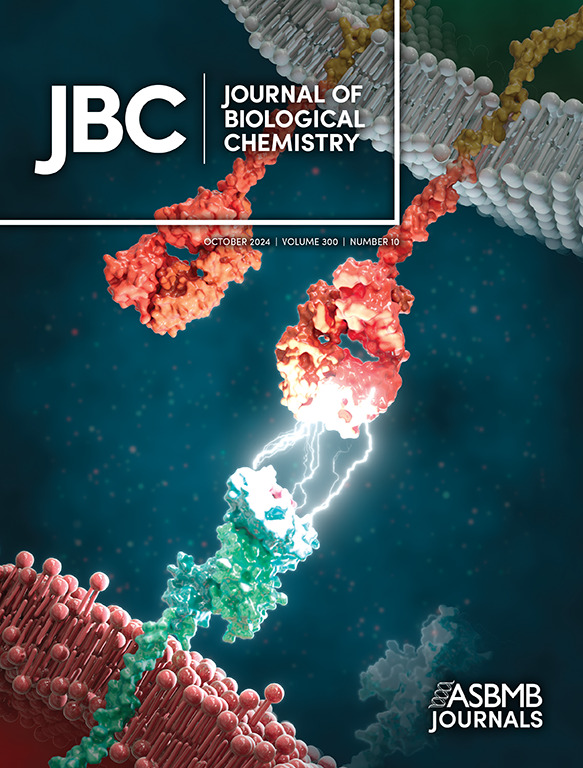A novel FOXM1-BCL2A1 axis determines unfavourable response to venetoclax in AML.
IF 4
2区 生物学
Q2 BIOCHEMISTRY & MOLECULAR BIOLOGY
引用次数: 0
Abstract
Forkhead box M1 (FOXM1), a Forkhead family transcription factor, is often overexpressed in a variety of human cancers, including AML and strongly associated with therapy resistance and unfavourable outcomes. In AML with NPM1 mutations NPM1/FOXM1 complex sequesters FOXM1 in the cytoplasm and confers favourable treatment outcomes for AML patients, because of FOXM1 inactivation. Inhibition of FOXM1 in AML cell lines and animal models of AML sensitizes AML cells to the Bcl2-inhibitor, venetoclax. In a recent study the upregulation of the BCL2-family protein, BCL2A1 conferred resistance to venetoclax and multiple venetoclax combinations.In this study, we investigated FOXM1/BCL2A1 axis and determined that FOXM1 specifically inhibits venetoclax-induced apoptosis in AML via upregulation of BCL2A1.The knockdown of BCL2A1 in AML in the presence of high levels of FOXM1 led to sensitization of AML cells to venetoclax, suggesting that BCL2A1 is a major target of FOXM1 responsible for resistance to venetoclax. Venetoclax in combination with FOXM1 inhibitor STL001 inhibited BCL2A1 and circumvented venetoclax resistance. Pharmacological inhibition of FOXM1/BCL2A1 axis represents a therapeutic strategy to sensitize AML cells to venetoclax-induced apoptosis.求助全文
约1分钟内获得全文
求助全文
来源期刊

Journal of Biological Chemistry
Biochemistry, Genetics and Molecular Biology-Biochemistry
自引率
4.20%
发文量
1233
期刊介绍:
The Journal of Biological Chemistry welcomes high-quality science that seeks to elucidate the molecular and cellular basis of biological processes. Papers published in JBC can therefore fall under the umbrellas of not only biological chemistry, chemical biology, or biochemistry, but also allied disciplines such as biophysics, systems biology, RNA biology, immunology, microbiology, neurobiology, epigenetics, computational biology, ’omics, and many more. The outcome of our focus on papers that contribute novel and important mechanistic insights, rather than on a particular topic area, is that JBC is truly a melting pot for scientists across disciplines. In addition, JBC welcomes papers that describe methods that will help scientists push their biochemical inquiries forward and resources that will be of use to the research community.
 求助内容:
求助内容: 应助结果提醒方式:
应助结果提醒方式:


